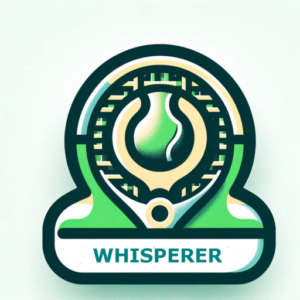It’s the Little Things That Matter
It’s the Little Things That Matter
Traditionally, the major turning points in matches occur on the fourth point in a game or in the seventh game of a set. That’s where most eyes — players, coaches, commentators — tend to lock in.
It’s also where momentum shifts are easiest to spot: dropped shoulders, verbal outbursts, even a tossed racquet.
Yet Roger Federer reminds us that momentum often shifts much earlier — in the quiet, forgettable points that never make the highlight reel.
“All those little things were piling up.” — Roger Federer
The Domino Effect of Small Moments
In the Menšík–de Minaur Laver Cup match, Federer highlighted how a single double fault after a long changeover wasn’t just a lost point. It was a crack in rhythm.
-
Lose your timing → fall behind in the score.
-
Fall behind in the score → shift pressure onto your second serve.
-
Shift pressure → open the door for your opponent.
This chain reaction starts from something as small as one rushed toss or one missed prep step. Federer’s brilliance lies in seeing how those little moments ripple forward.
Footwork and Balance: The Invisible Edge
Small details aren’t just mental — they live in your movement too.
-
Prep steps: Rapid, controlled steps before contact that keep you balanced and ready.
-
Crossover timing: A mistimed step can cost you the read on your opponent’s shot.
-
Balance awareness: Players control the ball far better simply by being stable at contact, even without changing technique.
Federer knew this instinctively. And if you watch Alcaraz late in rallies, you’ll notice the same thing — even on defense, his balance rarely breaks.
Mental Micro-Adjustments
The mind, like the body, is trained in details.
-
Breathing and rituals steady rhythm.
-
Left-hand ball squeeze helps prevent choking under pressure.
-
Visualization and self-talk turn small cues into powerful anchors.
These small psychological habits allow a player to recover from a wobble before it grows into a collapse.
The Three Orders of Teaching
We teach players in three progressive orders, each layer building on the foundation of the previous.
First Order: Learning How to Hit the Ball
The foundation — technique and mechanics. Learning how to strike the ball cleanly and consistently.
Ninety percent (90%) of players never move past this stage. And that’s fine — tennis is still fun, social, and endlessly rewarding here. But it’s only the beginning.
Second Order: Learning How to Play
Applying strokes in combinations — serve +1, crosscourt exchanges, short ball + approach, the Magic Diamond for dubs. This is where tactical awareness begins to take shape.
-
Club champions often master one or two trademark patterns: think Andre’s serve +1 in the Manly Club Champs final or Nick’s short-ball volley attack in the Badge Final.
-
The average ATP or WTA pro has cloned and sharpened several such weapons into a basic tool box, making them reliable under pressure.
Third Order: Learning How to Compete
The highest level — reading the opponent’s cracks in real time:
-
Ball watch: Is their head steady at contact, or are their eyes shifting too soon?
-
Balance: Do their shoulders dip, or do they crab awkwardly to the ball?
-
Rhythm: Do their service motions break down? Do their groundstrokes get rushed and jerky from quick hitting the ball?
This is where you stop playing just on your side of the net and start playing inside your opponent’s game. It’s where the top ten players live.
Third-order teaching is where “the little things” become competitive weapons — and where sustained success is built.
Whisperer Wrap
The match doesn’t swing only at 5-all in the third. It swings at love-15 when you let your focus slip, or at 30-15 when you steady yourself instead of wobbling.
Federer’s lesson is clear: the little things decide matches. A mistimed step or a rushed serve can open the door. But noticing those same slips in your opponent — and pressing when their rhythm breaks — is what turns details into wins.
That is the essence of third-order teaching: the art of competing.
Because in tennis, as in life, it’s the little things that matter most.



